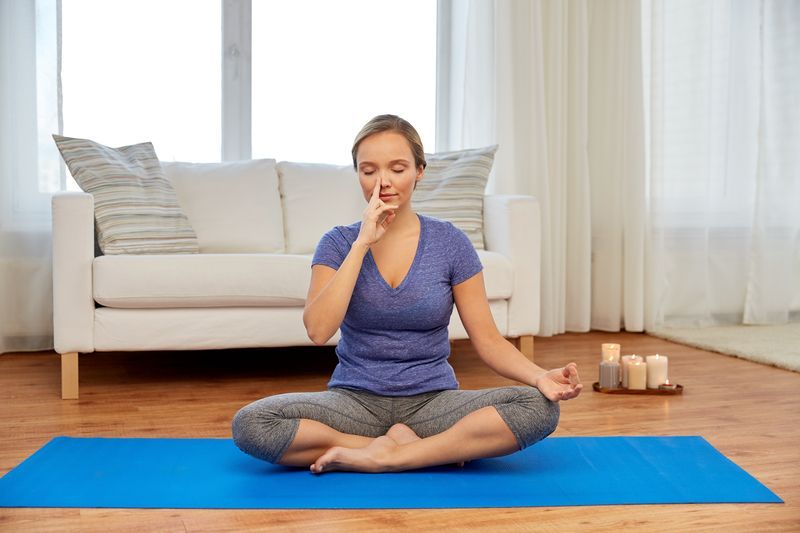3 Dryland Exercises You Can Do to Improve Your Lung Capacity

It’s no secret – humans must breathe in order to stay alive. Specifically, we need to breathe air. That’s an important factor for any swimmer to take into account. None of us can breathe underwater unassisted, but we can increase our lung capacity so we have to come up for air less often.
Deep Breathing Wall Sits
Swimmers use their legs whenever they get in the water. The stronger the legs, the more power they’ll be able to generate. When you practice deep breathing wall sits, you kill two birds with one stone by strengthening your legs and improving your lung capacity. Assume a wall sit position and raise your arms in front of you. Breathe in slowly and deeply, and completely empty your lungs of air on the exhale. Use your diaphragm and abs to draw in breaths, not your shoulders, neck, or spine.
Abdominal Hollowing
Abdominal hollowing is another great exercise that works both muscle and lung capacity. This exercise targets stabilizer muscles deep in your core. Either stand tall or lay down on your back for this exercise. Contract your abdominal muscles and pull them in without moving your spine or your pelvis. You might imagine yourself sucking your belly button into your spine. Hold it for five seconds and then slowly inhale. This exercise will train your body to exhale completely while you swim, which enables you to make the most out of your opportunities to inhale.
Tactical Breathing
Tactical breathing is an exercise that helps you develop breath control. It can also work as a stress reliever and a way to stay calm and focused under stress. It’s simple to remember. That’s especially helpful if you find yourself stressed while preparing to swim, which is easy when swimming competitively. For this exercise, inhale for four seconds. Hold the breath for another four seconds. Take four seconds to exhale. Finally, hold your breath with your lungs empty for four seconds. Repeat the exercise as many times as you like. You can even change the length of time you use.
You don’t have to be swimming to work on improving your lung capacity. That’s something you can work on at any time and just about anywhere, especially with exercises like wall sits, abdominal hollowing, and tactical breathing. As you work to improve your lung capacity, you should notice that you’re able to breathe more efficiently and make the most out of each breath. Now that’s a good thing for any swimmer.
If you want to become a better swimmer, strength training can help. Read this next for some great strength training exercises for swimmers: Best Strength Training for Swimmers
The post 3 Dryland Exercises You Can Do to Improve Your Lung Capacity appeared first on Swim Jim.







